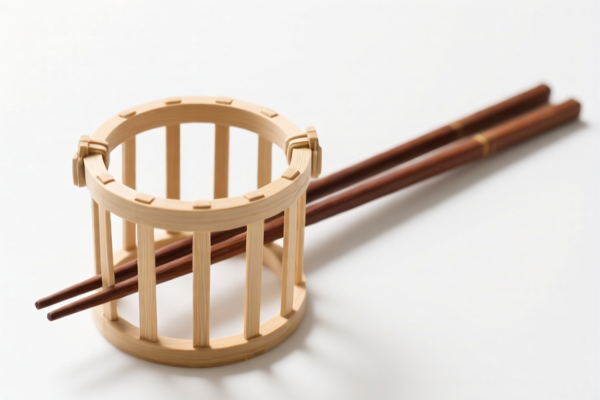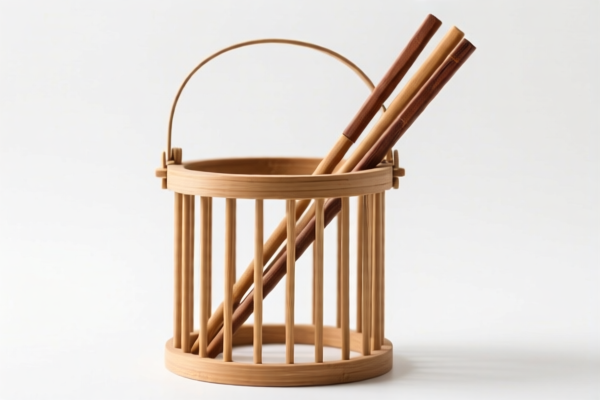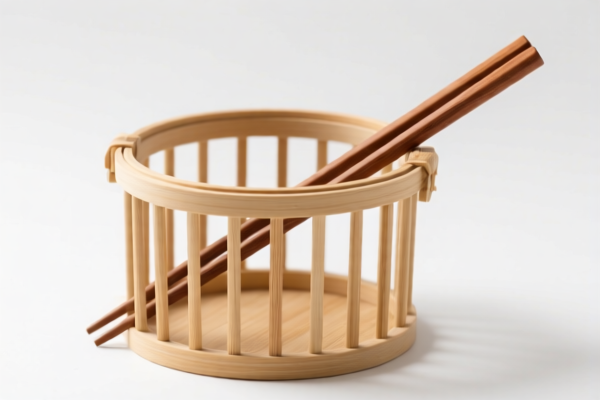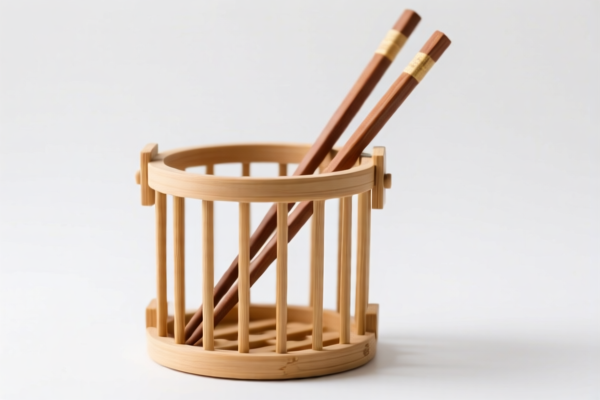| HS Code | Official Doc | Tariff Rate | Origin | Destination | Effective Date |
|---|---|---|---|---|---|
| 4419120000 | Doc | 33.2% | CN | US | 2025-05-12 |
| 4419909100 | Doc | 40.7% | CN | US | 2025-05-12 |
| 4421918800 | Doc | 30.0% | CN | US | 2025-05-12 |
| 4421998800 | Doc | 37.5% | CN | US | 2025-05-12 |
| 9503000090 | Doc | 30.0% | CN | US | 2025-05-12 |
| 9503000071 | Doc | 30.0% | CN | US | 2025-05-12 |
| 3926901000 | Doc | 40.9% | CN | US | 2025-05-12 |
| 3926909910 | Doc | 42.8% | CN | US | 2025-05-12 |
| 3923900080 | Doc | 58.0% | CN | US | 2025-05-12 |




Chopsticks Cage
A chopsticks cage (also known as a chopsticks rest, hashioki in Japanese) is a small object used to hold chopsticks when they are not in use, preventing them from directly contacting the table surface.
Material:
- Ceramic: The most common material, offering a wide range of designs and colors. Porcelain and stoneware are frequently used.
- Metal: Stainless steel, brass, and silver are used for durability and a more formal aesthetic.
- Wood: Often bamboo or other hardwoods, providing a natural and rustic look.
- Plastic: Less common, typically used in inexpensive sets or for casual dining.
- Glass: Can be found in decorative styles.
Purpose:
- Hygiene: Prevents chopsticks from touching potentially unclean table surfaces.
- Etiquette: In some cultures, particularly East Asian cultures, using a chopstick rest is considered good manners.
- Convenience: Keeps chopsticks readily accessible during a meal.
- Decoration: Many chopstick cages are aesthetically designed and contribute to the table setting.
Function:
The primary function is to support chopsticks, keeping the eating end elevated above the table. Designs typically feature one or more grooves or supports to hold the chopsticks securely.
Usage Scenarios:
- Dining Table: Commonly used at home or in restaurants during meals.
- Formal Dining: Often part of a formal place setting.
- Sushi Restaurants: Frequently provided with sushi meals.
- Hot Pot Dining: Useful for keeping chopsticks clean between dips into shared sauces.
- Buffets: Helps maintain hygiene when sharing chopsticks.
Common Types:
- Single Chopstick Rest: Holds one pair of chopsticks. This is the most common form.
- Double Chopstick Rest: Holds two pairs of chopsticks, often used for couples or when sharing a meal.
- Multiple Chopstick Rest: Designed to hold several pairs of chopsticks, suitable for larger groups.
- Character/Themed Rest: Shaped like animals, figures, or other decorative elements.
- Slotted Rest: Features slots to hold the chopsticks.
- Curved Rest: A curved design that supports the chopsticks.
- Raised Rest: Features a raised platform to keep the chopsticks elevated.
Based on the provided information, the following HS codes may be relevant to “chopsticks cage”:
- 4419120000: This HS code covers “Tableware and kitchenware, of wood: Of bamboo: Chopsticks”. While this code specifically lists chopsticks, a cage designed to hold them could fall under this general category if made of bamboo. The total tax rate is 33.2% (basic tariff: 3.2%, additional tariff: 0.0%, additional tariff after 2025.4.2: 30.0%).
- 4419909100: This HS code covers “Tableware and kitchenware, of wood: Other: Other”. If the chopsticks cage is made of wood but not bamboo, this code may apply. The total tax rate is 40.7% (basic tariff: 3.2%, additional tariff: 7.5%, additional tariff after 2025.4.2: 30.0%).
It is important to determine the material composition of the chopsticks cage (bamboo versus other wood) to select the correct HS code.
Customer Reviews
The information on the 9503000071 HS code with a 30.0% tariff rate was exactly what I needed. The page is a great resource for finding HS codes related to chopstick cages.
I had trouble figuring out which HS code to use for my wooden chopstick cage. It would have been helpful to have more examples or visuals to guide the selection.
The page provided a clear list of HS codes and their corresponding tariff rates. The 33.2% rate for 4419120000 was very useful for my bamboo chopstick cage.
The 58.0% tariff rate for the 3923900080 HS code was exactly the information I needed for my plastic chopstick cage. The details are well organized.
I really appreciated the detailed breakdown of materials and how they relate to different HS codes. The 30.0% tariff for 9503000090 was very clear and helpful.